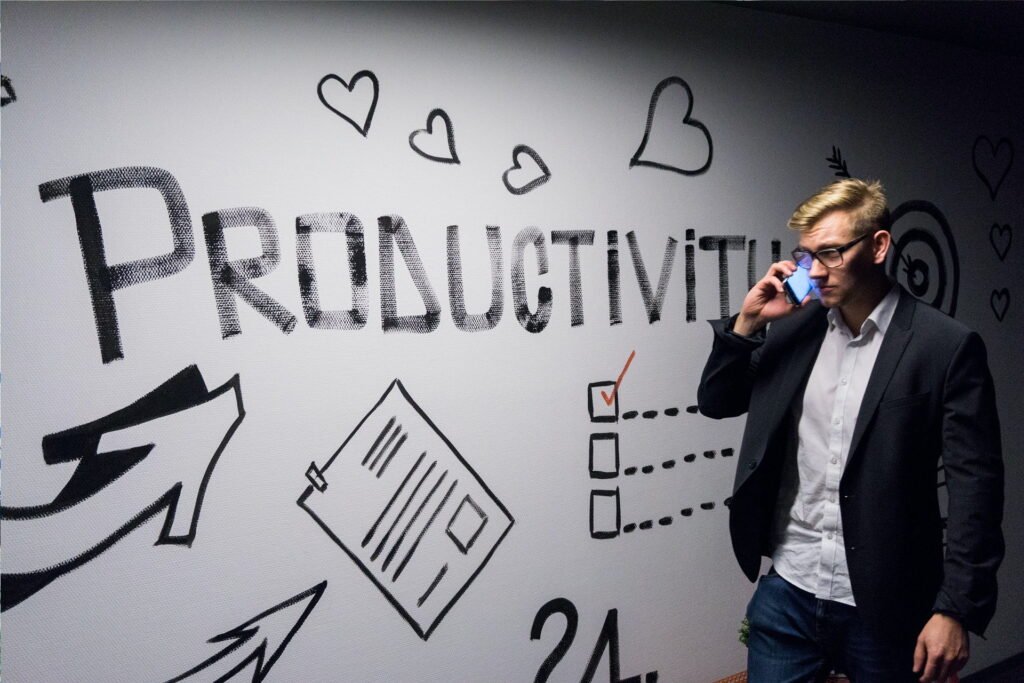
Converting lines are where company workers modify material that a supplier produces for them. This can be very simple, such as cutting a piece of material in half. It might also be a lot more complex than that. Some conversions that take place on a line might involve assembling multiple materials to make up a single product or application.
At that point, the materials or finished products make the journey to another location, where the seller usually makes them available to the customer. If you own a company that does end-to-end web handling solutions, for instance, it’s helpful to know how to maximize converting line productivity.
We’ll talk about that in this article by mentioning a few ways you can get the most out of your converting line.
Train Your Workers the Right Way
For this article, we’ll use the end-to-end web handling example. The first way to maximize productivity on your converting line is to make sure you’ve trained your workers sufficiently. Nobody inherently knows what to do on a converting line. You need to take the time to teach them and allow them to watch what each person on the line does that contributes to the finished or modified product.
Your operators or personnel might need to take weeks to train, but months is a more accurate measurement of what will get them ready to work for you. It could even take years before they feel entirely comfortable with their tasks.
Your higher-placed plant personnel need to give the neophyte converting line workers plenty of individual attention. That’s not micromanaging which won’t allow the new employees to do their best work. Instead, it’s what will help them gain the confidence so that they won’t make a costly mistake.
Make Sure You’re Running Your Line at the Correct Speed
In manufacturing, such as with end-to-end web handling, you’re going to have lines running pretty quickly. That’s because you want to produce the correct product amounts each day that will meet your client or customer demands.
You need to run your line at the right speed. The materials need to come through fast enough to satisfy your daily goals but also slow enough so that the workers can modify the raw product materials correctly.
Most lines these days run by combining human worker modifications and automation. You can try to take advantage of any parts of the system you can automate while still having the human workers in place who can halt line production if they ever see something wrong.
Don’t Overwork Your Employees
Any time you have a manufacturing process with lines that create products or modify raw materials in some way, you want to know your workers are alert and ready to accomplish the tasks for which you hired them. They should start their shifts energized and prepared to perform the functions for which you trained them.
They can’t do that if you insist that they work double shifts or if you don’t give them enough breaks. That is true with any job, but it’s even more crucial with any kind of manufacturing work.
Workers should get plenty of rest breaks and only work what you determine to be the proper number of hours each day or week. If you try to push them beyond that, the chances are much higher that an accident will occur. A worker might hurt themselves because of fatigue, or the products might not come out according to your specifications.
Develop the Correct Specifications
Using the end-to-end web handling solution example, someone who owns such a business should realize that they need the correct specifications when they start the creation and modification process. You want to be able to slit and die-cut the web effectively. This means you need to know how to use winding equipment to influence tension.
Tension influences guiding. By using both, you can die-cut and slit your web so that it comes out according to your specifications. You’ll need experts who can experiment with this process for a while before you come up with a formula and the proper equipment so that you can run your factory floor with no issues.
It takes the best engineers to create and test converting lines to make sure they work flawlessly. If your employees don’t take the time to develop precise, workable specifications, you will never get this sort of business model off the ground.
Find and Utilize the Latest Equipment
Manufacturing equipment comes out every year, and some of it might pertain directly to your industry. If you have older machinery that does not work as well as it once did, you can’t ignore technological innovation when it comes out. You need to replace old and outdated machinery and get the latest versions instead.
To do that, it is helpful to send representatives to industry conventions where they can check out some of the latest manufacturing technology in action. Some machinery might be perfect for your converting line, and you will realize that when you see it.
At the same time, you’ll need to think about what you can afford. Obviously, if your current machinery is no longer safe, you need to replace it. However, if your machinery still works okay and you don’t feel like you can afford the latest, top-of-the-line versions right now, you may have to put off upgrading for another year.
With all manufacturing processes involving converting lines, you need to invest in the right equipment and the most skilled individuals to run it. You should look at the data your work floor creates periodically and try to come up with ways to streamline the process.
Safety is crucial, as is automation whenever it’s available. Sometimes, you may even reach a point where you can get away from in-house manufacturing processes and outsource them.
It does help to keep an open mind and stay flexible. That is how you can keep up with your competitors and remain relevant within your niche.
